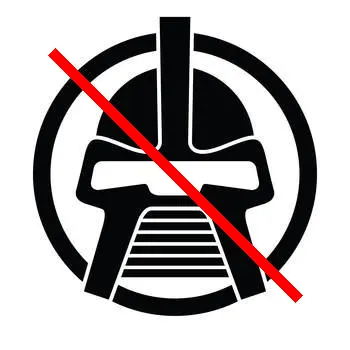

This site is my personal journey and struggle with Cauda Equina Syndrome, a severe spinal condition that led to temporary paralysis below the waist. After years of undiagnosed back problems, the condition escalated, leaving me unable to urinate and prompting a visit to the emergency room. Initially dismissed without proper care, I eventually found the right help, leading to a dire diagnosis and emergency surgery. Recovery has been a long and challenging process, involving intense physical therapy, a carefully planned diet, and the use of a TENS unit to stimulate muscle function. With unwavering determination and strong support from my wife, I progressed from being unable to walk to jogging and even taking up martial arts. Along the way, I also underwent significant weight loss, transforming my body and mindset. Despite the challenges, this is my journey of resilience, the power of support, and the ongoing pursuit of full recovery.
I hope it helps you or someone you know. ❤️

